
What is a Thermal Overload Relay?Types and Use Cases

A thermal overload relay is an electromechanical protection device used in electrical motor circuits to prevent damage caused by excessive current and overheating. It is an essential component in motor control systems, providing a safeguard against overloads that could lead to motor burnout or damage.
How do Thermal Overload Relays work?
Thermal overload relays are commonly used in conjunction with motor starters or contactors in industrial applications. Here's how a thermal overload relay typically functions:
Sensing Temperature:
The thermal overload relay is equipped with a bimetallic strip or a heating element that is sensitive to temperature changes. This element is placed in proximity to the windings of the motor.
Current Monitoring:
As current flows through the motor during normal operation, the bimetallic strip or heating element also heats up due to the I2R losses (current squared times resistance) in the motor windings.
Overload Detection:
In the event of an overload or a sustained increase in current beyond the motor's rated capacity, the bimetallic strip or heating element heats up at an accelerated rate.
Relay Activation:
When the temperature surpasses a predetermined threshold, the bimetallic strip or heating element triggers a mechanical mechanism within the thermal overload relay.
Contact Opening:
The triggered mechanism causes the contacts of the thermal overload relay to open, interrupting the electrical circuit to the motor.
Motor Shutdown:
With the contacts open, the power supply to the motor is cut off, preventing further overheating and damage. This results in the automatic shutdown of the motor.
Manual Reset (Optional):
Some thermal overload relays feature a manual reset button that allows the relay to be reset after the motor has cooled down. This prevents immediate restarting of the motor before addressing the cause of the overload.
Types of Thermal Overload Relays
Choosing the appropriate type of thermal overload relay depends on factors such as the application, motor type, and specific protection requirements. Advanced motor protection relays offer a comprehensive approach to safeguarding motors in diverse industrial settings.
Here's an overview of different types of thermal overload relays and related motor protection devices:
Traditional Thermal Overload Relays:
Traditional thermal overload relays use a bimetallic strip or heating element to detect motor overloads. They respond to the temperature rise caused by current flow and protect motors by interrupting the electrical circuit.
Electronic Overload Relays:
Electronic overload relays use solid-state components to monitor motor currents and provide more precise and adjustable protection. They often offer additional features such as communication capabilities and advanced settings.
Magnetic Overload Relays:
Magnetic overload relays rely on the magnetic force generated by the current passing through a coil to trip the relay and disconnect power in the event of an overload. They are suitable for applications with high starting currents.
Solid-State Overload Relays:
Solid-state overload relays use electronic components like transistors and integrated circuits for current sensing. They offer accurate and adjustable protection and may include features like digital displays and communication interfaces.
Differential Overload Relays:
Differential overload relays compare the current in different phases of a motor and trip if an imbalance is detected. This protects against phase imbalances or faults that could lead to motor damage.
Time Delay Overload Relays:
Time delay overload relays introduce a delay before tripping in response to overloads. This delay allows for temporary high-current conditions during motor starting or specific operations without triggering a trip.
Bimetallic Overload Relays:
Bimetallic overload relays use a bimetallic strip that bends with temperature changes. When exposed to prolonged overload conditions, the strip bends to trip the relay and disconnect power.
Inverse Time Overload Relays:
Inverse time overload relays trip faster for higher overloads and slower for lower overloads. The tripping time is inversely proportional to the magnitude of the overload, providing adaptability to various conditions.
Motor Protection Relay:
Motor protection relays are comprehensive devices that often incorporate multiple protection functions. These may include overload protection, phase imbalance protection, thermal protection, and other features. Motor protection relays are more advanced and suitable for critical motor applications.
Use cases of Thermal Overload Relays with Examples
Thermal overload relays are critical components in motor protection systems, finding application in various industries and settings. Here are some common use cases with examples:
Industrial Motor Protection:
Example:
In a manufacturing facility with multiple motors driving conveyor belts and machinery, thermal overload relays protect the motors from sustained overloads during heavy production cycles.
Pump Systems:
Example:
In a water treatment plant, thermal overload relays safeguard pumps that move water through the filtration and distribution processes. They prevent motor damage due to overloads or prolonged running.
HVAC Systems:
Example:
In a large commercial building, thermal overload relays protect the motors of HVAC (Heating, Ventilation, and Air Conditioning) systems. They respond to increased loads during peak usage or mechanical issues.
Agricultural Equipment:
Example:
On a farm, thermal overload relays ensure the protection of motors in agricultural equipment, such as irrigation pumps. They prevent overheating during extended operation.
Conveyor Systems:
Example:
In a distribution centre, thermal overload relays are used to protect the motors of conveyor systems. They respond to varying loads caused by changes in product weight or blockages.
Mining Operations:
Example:
In mining equipment like crushers and conveyors, thermal overload relays provide crucial protection. They prevent motor damage due to excessive loads during the extraction and processing of minerals.
Oil and Gas Industry:
Example:
In the oil and gas sector, thermal overload relays protect motors driving pumps, compressors, and drilling equipment. They respond to varying loads and conditions in harsh environments.
Wastewater Treatment Plants:
Example:
In a wastewater treatment facility, thermal overload relays safeguard the motors of pumps and agitators. They prevent damage caused by clogs, blockages, or variations in liquid flow.
Marine Applications:
Example:
On ships and vessels, thermal overload relays protect motors powering propulsion systems and auxiliary equipment. They respond to changes in load conditions during navigation.
Manufacturing Machinery:
Example:
In a factory with diverse manufacturing machinery, thermal overload relays protect motors in injection moulding machines, presses, and other equipment, preventing damage due to overloads.
Electric Vehicles:
Example:
In electric vehicles, thermal overload relays protect the motors that drive propulsion systems. They respond to variations in load during acceleration or when climbing steep gradients.
Commercial Kitchens:
Example:
In commercial kitchens with conveyor ovens and food processing equipment, thermal overload relays protect motors from overheating due to continuous operation or sudden increases in load.
L&T Thermal Overload Relays
Upgrade your motor protection with L&T Thermal Overload Relays, designed for precision and reliability. Safeguard your industrial and commercial operations from motor damage caused by overloads. Explore the range of advanced features, including accurate current sensing and adjustable settings. Ensure the longevity of your electrical systems. Don't compromise on quality; choose L&T for trusted motor protection.


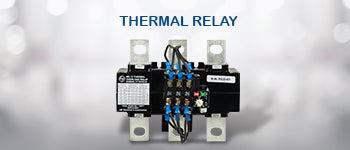
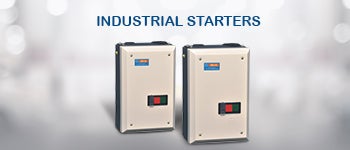
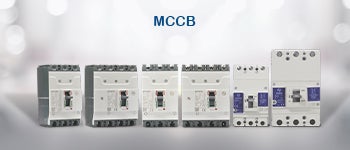
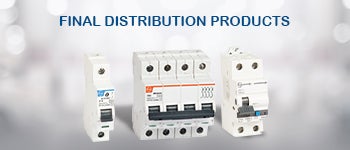

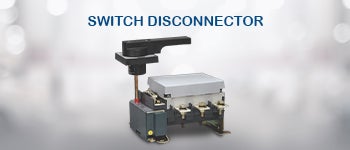
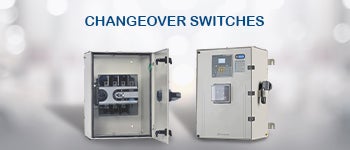

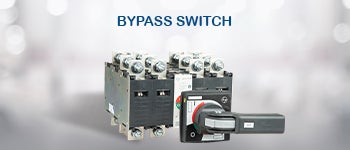

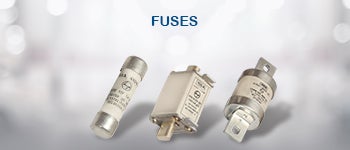

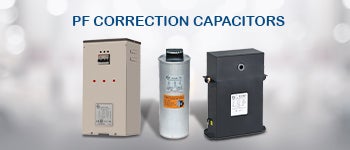



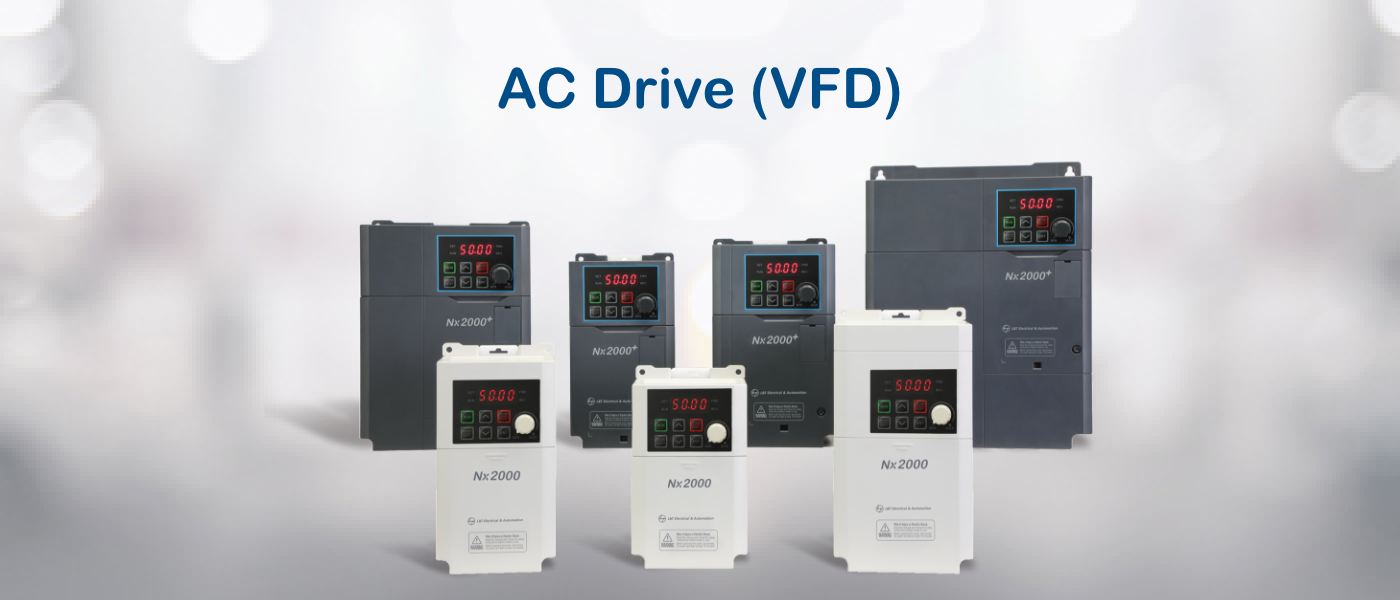
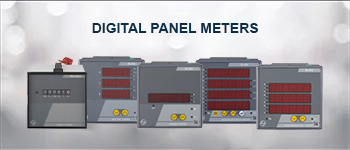




Comments
Last name is required field
Email is required field Please enter valid email
Please enter comment